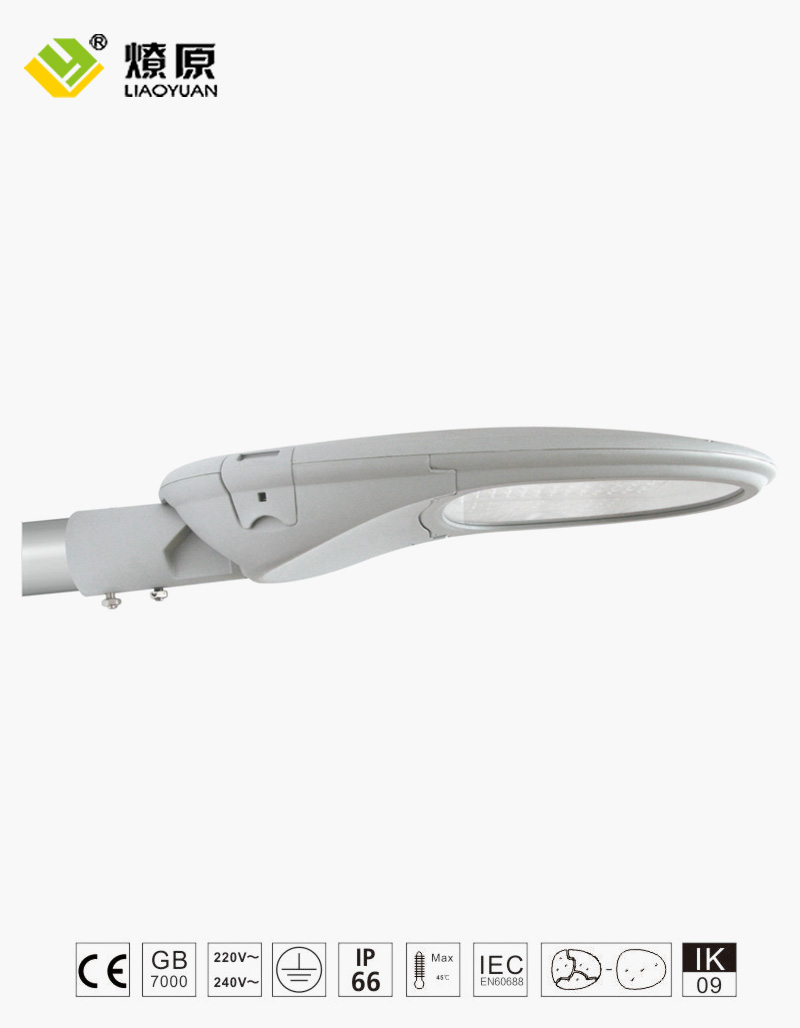Summary:When it comes to choosing outdoor lighting, LED bulbs offer numerous benefits. They do not heat up the air, they do not produce glare, and t...
When it comes to choosing outdoor lighting, LED bulbs offer numerous benefits. They do not heat up the air, they do not produce glare, and they are lightweight. Also, they do not have fragile glass that is found in traditional lamp tubes. LED bulbs can be used in both interior and exterior lighting applications, from garden lights to pathway and path lighting. So, which LED bulbs are right for you? Find out in this article.
Outdoor LED lighting systems are easier to install and design than other types of lighting. Because LEDs are dust-proof and waterproof, they can safely be used outdoors. In fact, LED lights are becoming increasingly important in many settings. They are energy-efficient, produce no heat, are virtually mercury-free, and significantly reduce carbon dioxide emissions. Their environmental benefits are immense, so you should consider switching to outdoor LED lights. They are also easy on the pocketbook.
When choosing LED strips, the number of LEDs per foot should be considered. This gives an indication of the density of light that the strips emit. Also, consider the power consumption of LED strips. Although LEDs use relatively little power, their wattage per foot is crucial. For example, a 20-watt LED strip can consume 20 watts of power, which is far less than other lighting options. So, if you are thinking about purchasing outdoor LED strips, consider the number of LEDs per foot.
Although the energy-efficient and long-lasting LED bulbs are ideal for indoor and outdoor lighting, they require special protection. A special wall or pendant lamp can be installed with an LED bulb. The LED light bulb is usually encased in a cover. This will ensure protection from dust, debris, and UV light. In addition, LED bulbs require less maintenance than fluorescent lamps and last a much longer time. In addition to that, LED bulbs can be installed in existing lamps.
Another great feature of LED lights is their luminous efficiency. Compared to traditional halide street lamps, LEDs are up to 50,000 hours longer, which means fewer burned out street lamps. And since they use significantly less energy, LEDs have more lumens per watt, which translates to lower energy consumption. Traditional lighting requires warm up time before turning on, while LED lights turn on instantly even in cold weather.
Outdoor lighting can be a great way to add ambiance to a home. LED floodlights and spotlights are a great way to light a walkway or path. The low-voltage options require a transformer to reduce 120-volt house current to 12 volts. Outdoor lighting can also be used for outdoor art and architecture. LED spotlights and floodlights can draw attention to special features of a property, such as a mature tree. These lights can last for several hours after dusk.
If you want to use LED light strips, make sure they are waterproof. This adds little extra cost to the LED strips, but it is a necessary precaution for outdoor use. Waterproofing should be done only along the LED portion of the strip, not the connectors or power boxes. In addition, you should also consider other options for protecting the lights from the elements. In this case, if you can't find an LED light strip in a store, you should consider purchasing several strips.

Configuration Data:
|
Number of LEDs
|
LED Current
|
Power Consumpt
|
Nominal Initial Flux*
|
|
80
|
750mA
|
180W
|
19800lm
|
|
96
|
700mA
|
200W
|
22000lm
|
|
850mA
|
250W
|
27500lm
|

